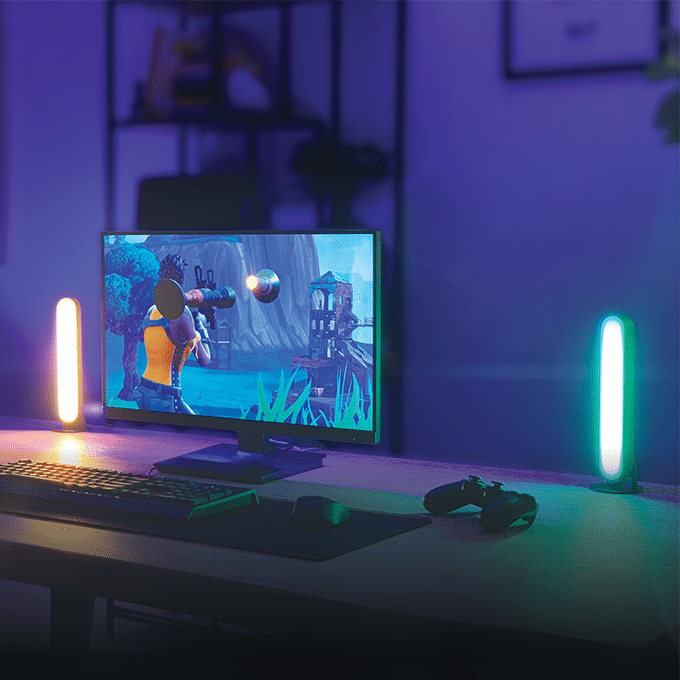Conscious Design
17 December 2020
In the ever-evolving field of web development, conscious design stands out as a philosophy deeply rooted in ethical, environmental, and user-centric values. This approach transcends the traditional boundaries of web design by integrating considerations that touch upon the broader impacts of digital products.
At the heart of conscious design lies a commitment to understanding and catering to the diverse needs and limitations of users. This means creating web experiences that are not only visually appealing and functional but also universally accessible and intuitive. The focus is on designing interfaces that people of all abilities can navigate with ease, ensuring that the digital world is inclusive and accommodating.
Sustainability is another vital aspect of conscious design. In a world increasingly aware of environmental impacts, web designers are challenged to make choices that lessen their digital carbon footprint. This includes optimising website elements for energy efficiency, such as streamlined code and compressed images that reduce load times and, consequently, energy consumption. Selecting web hosting providers that use renewable energy sources or practice carbon offsetting can further amplify these efforts.
A core component of conscious design is also its ethical dimension, particularly in terms of data privacy and security. In an age where user data is a coveted commodity, prioritising the protection of user information through secure design and transparent data practices is more important than ever. This involves implementing robust security measures and being transparent about data collection and usage, thus fostering trust and a sense of safety among users.
As we delve deeper into each of these aspects, it becomes clear that conscious design is not just about making websites but about creating digital environments that respect and uplift users, contribute positively to the planet, and adhere to the highest ethical standards.
The concept of accessibility in conscious design demands more than just adherence to standards. It’s about designing with empathy, ensuring that websites offer a seamless experience for users with disabilities. This could mean implementing features like screen reader compatibility, keyboard navigation, and alternative text for images. The goal is to create a web space where everyone, regardless of their physical or cognitive abilities, can access information and services without hindrance.
Moving on to the psychological impact of web design, conscious design recognises the influence a website can have on a user’s mental state. It strives to create interfaces that are not only user-friendly but also mentally soothing. This includes considering aspects like colour schemes that evoke the right emotions, layouts that reduce cognitive load, and content that is easy to digest.
In the realm of ethical user interaction, conscious design addresses the growing concerns around user manipulation through design. Dark patterns and manipulative interfaces that trick users into making decisions against their best interests are eschewed in favour of transparent and honest design practices. This approach builds trust and fosters a healthier relationship between the user and the website.
Finally, conscious design is about future-proofing. It involves creating designs that are not only relevant today but also adaptable to the evolving technological landscape. This means building websites that are scalable, flexible, and can accommodate future advancements in technology.
In essence, conscious design in web development is a multifaceted and deeply thoughtful approach. It champions the idea that websites should not just serve their functional purpose, but also contribute positively to the user’s experience, society, and the environment. As digital spaces become increasingly integral to our lives, adopting conscious design practices becomes not just a choice, but a responsibility for developers and designers alike.











